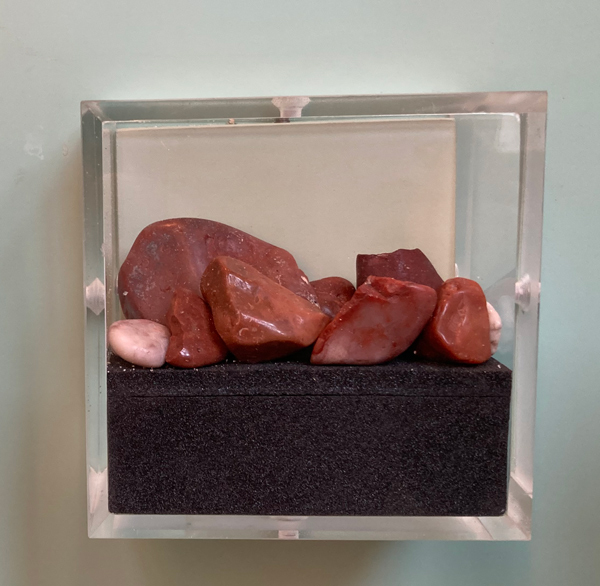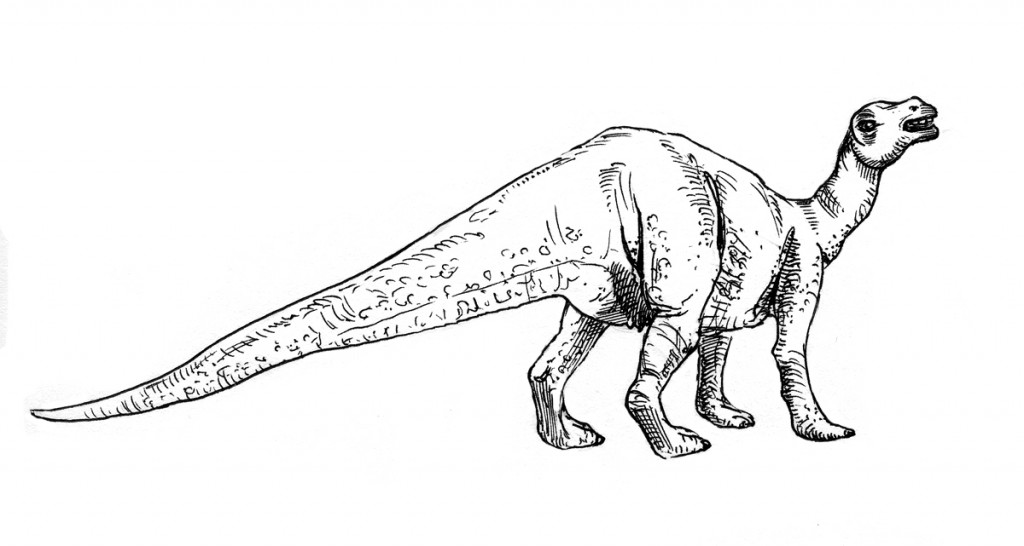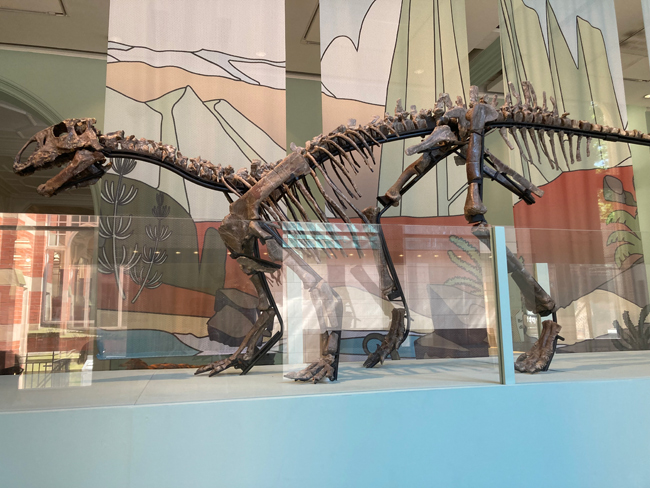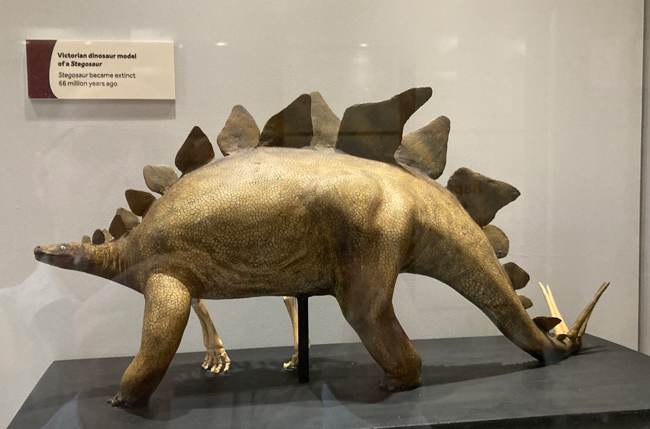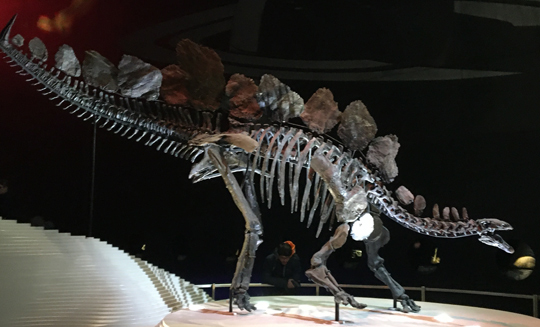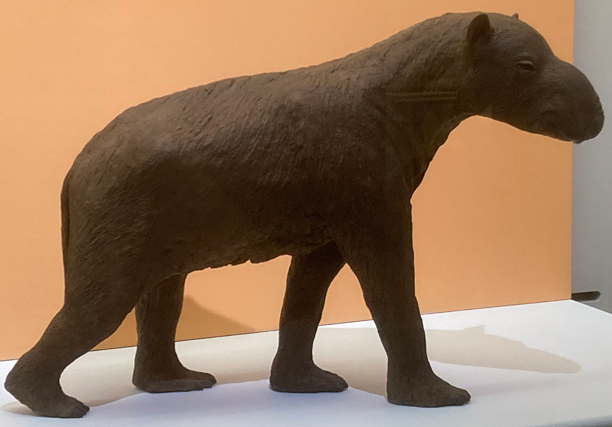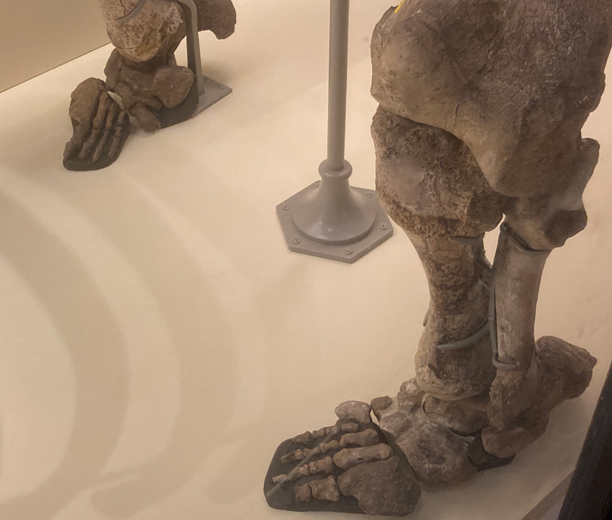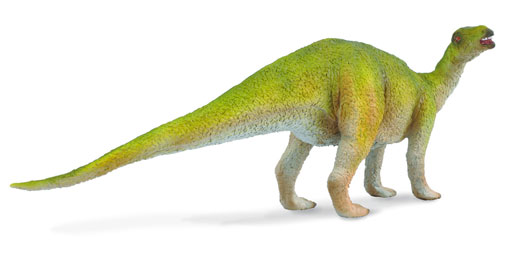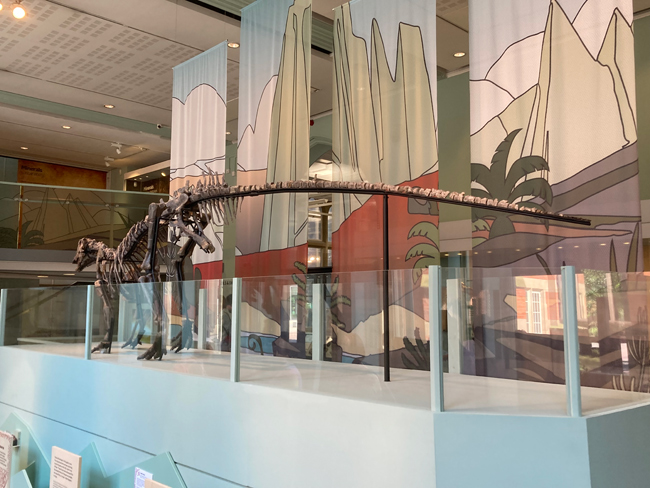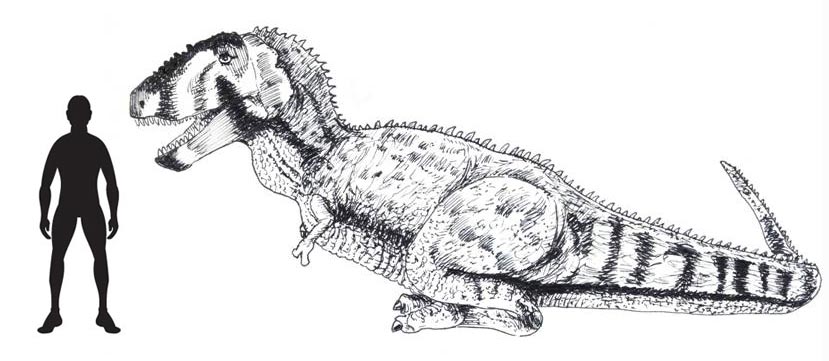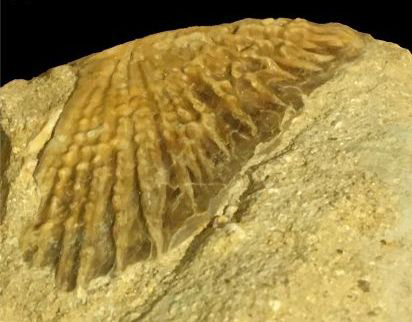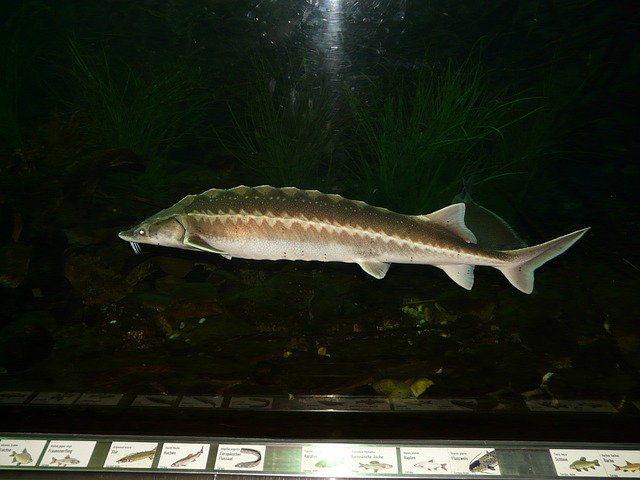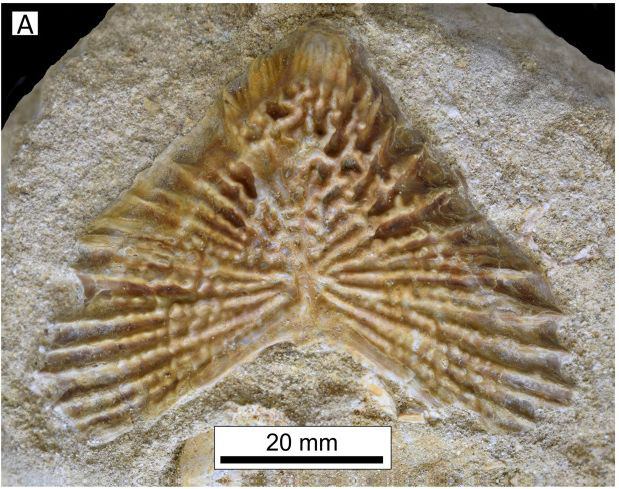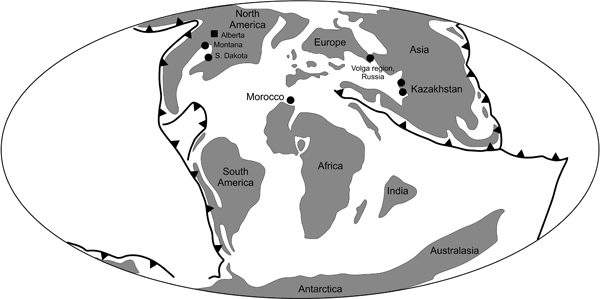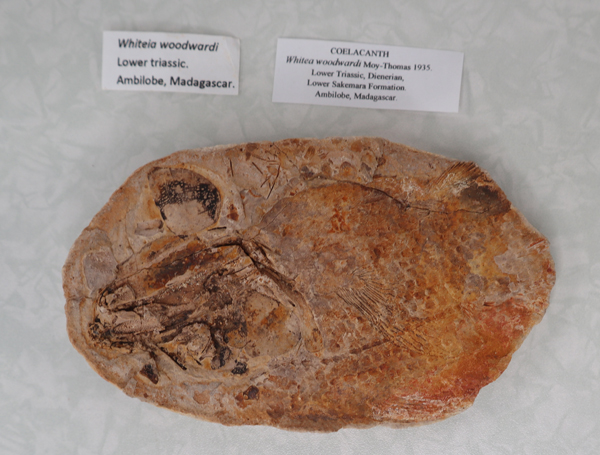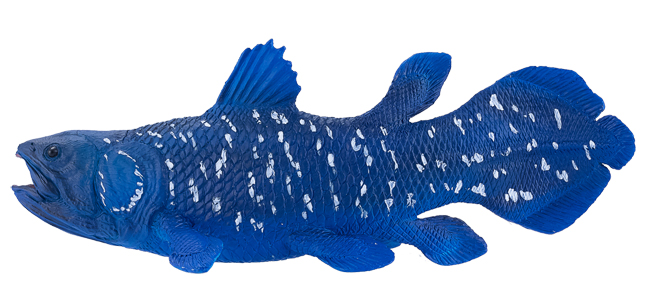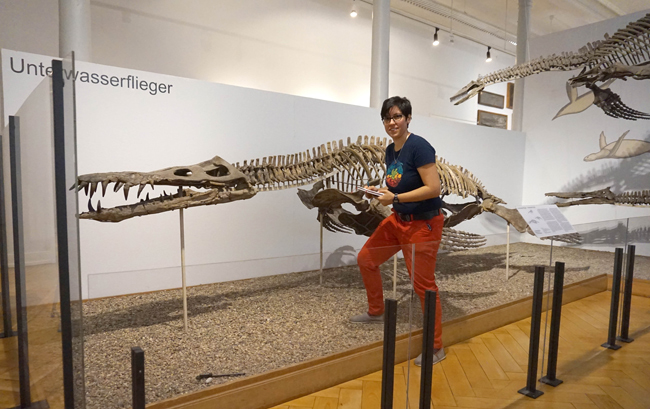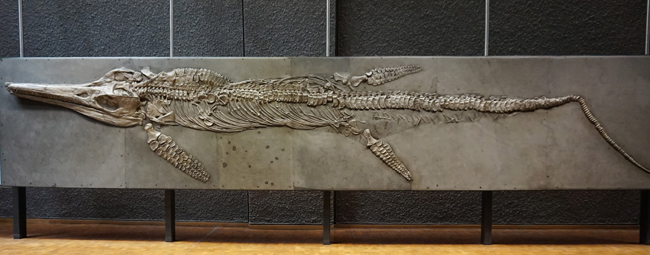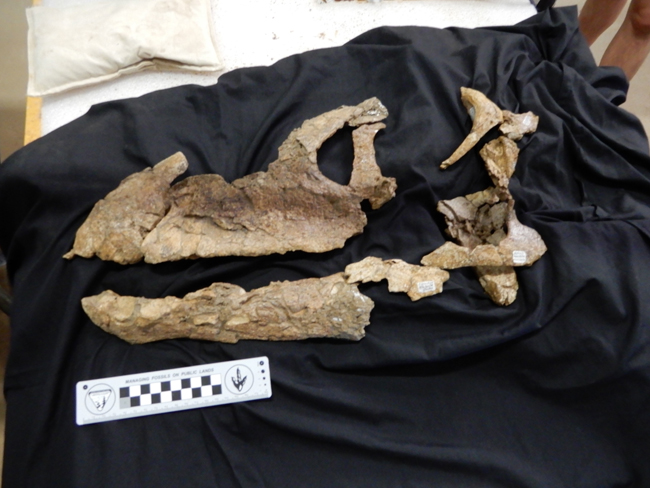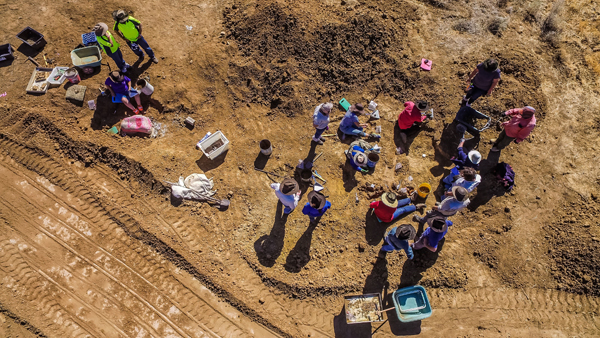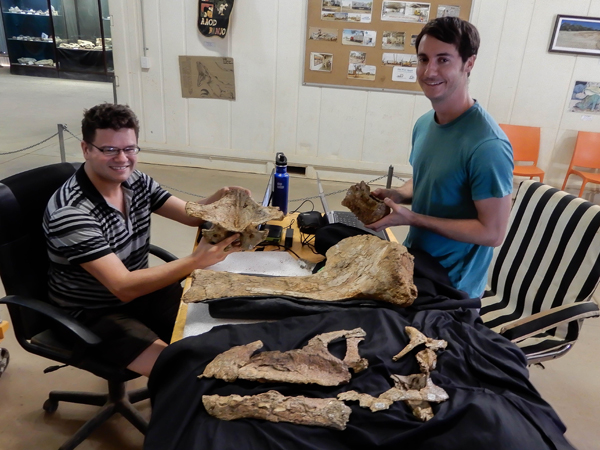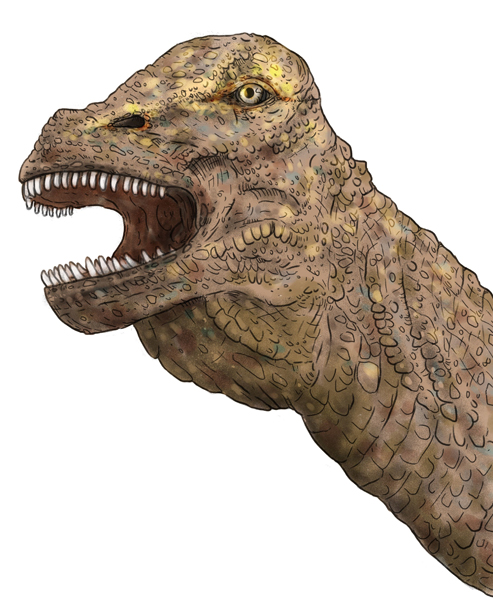Pictures of fossils, fossil hunting trips, fossil sites and photographs relating to fossil hunting and fossil finds.
Several Different Spinosaurs in the Wealden Supergroup
Researchers from the University of Southampton studying a partial spinosaurid tooth have concluded that several different spinosaurs inhabited southern England during the Early Cretaceous. The tooth consisting of a crown with a partial root is reputed to have come from East Sussex, most probably from Lower Cretaceous (Valanginian) exposures of the Hastings Group (part of the Wealden Supergroup). If this is the case, then this tooth is amongst the oldest spinosaurid fossils known from the UK.
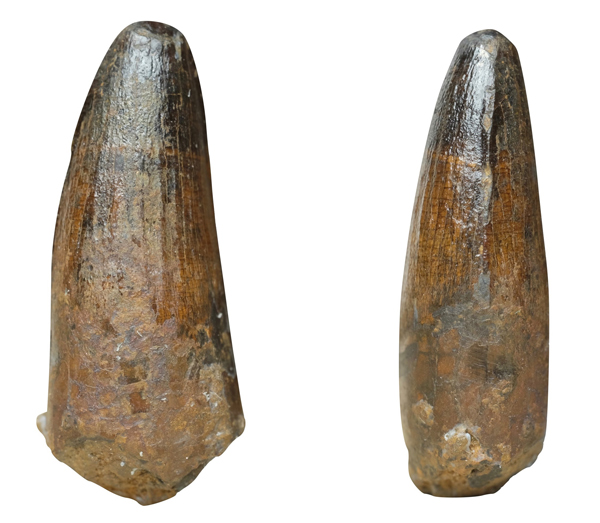
Sorting the Stratigraphy
In common with many other isolated teeth found in strata associated with the Wealden Supergroup, it had been suggested that this tooth represented Baryonyx (B. walkeri). However, The Hastings Group underlies the Weald Clay Group from where the famous Baryonyx walkeri fossil material (NHMUK PV R9951) originates. Therefore, this fossil tooth is much older than the Baryonyx holotype material.
The fossil tooth could be around 138 million years old, much older than Baryonyx walkeri and therefore probably a different spinosaurid genus.
The Southampton University EvoPalaeoLab team carried out a series of tests on the isolated tooth. A statistical analysis confirmed that whilst the tooth was spinosaurid, it did not match any already described spinosaur species.
Project supervisor and co-author of the paper Dr Neil Gostling (University of Southampton explained:
“While we can’t formally identify a new species from one tooth, we can say this spinosaur tooth doesn’t match any of the existing species we know about. Given how many individual teeth exist in collections, this could be just the tip of the iceberg and it’s quite possible that Britain may have once teemed with a diverse range of these semi-aquatic, fish-eating dinosaurs.”
Many Different Spinosaurs
The Wealden Supergroup is famous for its dinosaur fossils. Baryonyx was discovered in a Surrey clay pit in 1983. Since then, isolated teeth from spinosaurids have tended to be assigned to this genus. Spinosaurids are a highly derived group of theropods. They evolved into piscivores and specialised in hunting and eating fish. Their jaws became elongated and crocodile-like and spinosaurids may have had their evolutionary origins in Europe.
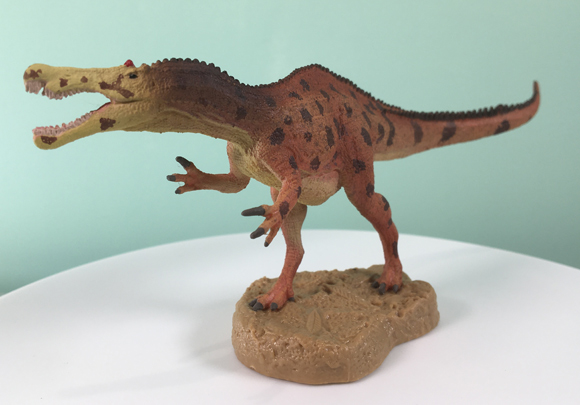
Picture credit: Everything Dinosaur
The model (above) is a CollectA Prehistoric Life Baryonyx figure.
To view this model range: CollectA Prehistoric Life Models and Figures.
Different Spinosaurs Represented by Fossils
Palaeontologists had suspected that there were several spinosaurid taxa represented by the Wealden Supergroup material. Spinosaurid teeth are known from formations that span much of the circa 25-million-year depositional history of the Wealden Supergroup, and recent works suggest that British spinosaurids were more taxonomically diverse than previously thought.
To read about two recently described, geologically younger spinosaurids from the Isle of Wight: Two New Spinosaurids from the Isle of Wight.
Lead author of the study, Chris Barker commented:
“We used a variety of techniques to identify this specimen, in order to test whether isolated spinosaur teeth could be referred to Baryonyx. The tooth did not group with Baryonyx in any of our data runs. It must belong to a different type of spinosaur.”
Distinct and Distantly Related Spinosaurids Lived in Southern England
The results demonstrate that distinct and distantly related spinosaur types lived in the region during the Early Cretaceous. This backs up research by the EvoPalaeoLab team, who argued in previous studies that the spinosaurs of southern England are more diverse than previously thought.
To read about the “White Rock” spinosaur announced in 2022, possibly one of the biggest theropods known from Europe: Super-sized Carnivorous Dinosaur from the Isle of Wight.
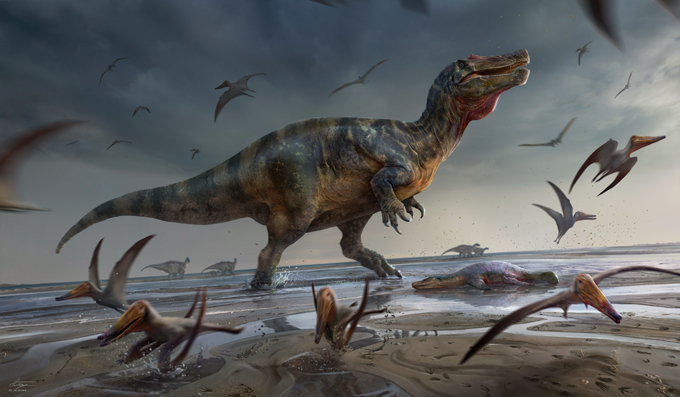
The Importance of Museum Collections
The study was able to take place as the researchers had access to a wealth of data as well as the fossil specimens themselves. It demonstrates the importance of maintaining access to fossil material for research purposes.
Dr Gostling explained:
“What this work highlights is the importance of keeping collections alive, and developing our understanding of them. Curators are essential to help us navigate the cupboards and displays, helping us to unpick the often-incomplete records – either never fully recorded, or lost to time. The diversity of palaeoenvironments is not always hidden in rocks, it is often waiting in a museum, its importance waiting to be rediscovered!”
Co-author Darren Naish added:
“Dinosaur teeth preserve numerous anatomical details, and we can use various analytical techniques to see how similar, or different, they are to other teeth. Our new study shows that previously unrecognised spinosaur species exist in poorly known sections of the Wealden’s history, and we hope that better remains will be discovered that improves our knowledge. Here’s another reminder that even well-studied places like southern England have the potential to yield new dinosaur species.”
Everything Dinosaur acknowledges the assistance of a media release from the University of Southampton in the compilation of this article.
The scientific paper: “Isolated tooth reveals hidden spinosaurid dinosaur diversity in the British Wealden Supergroup (Lower Cretaceous)” by Chris T. Barker, Darren Naish and Neil J. Gostling published in PeerJ.
Visit Everything Dinosaur’s award-winning website: Everything Dinosaur.


